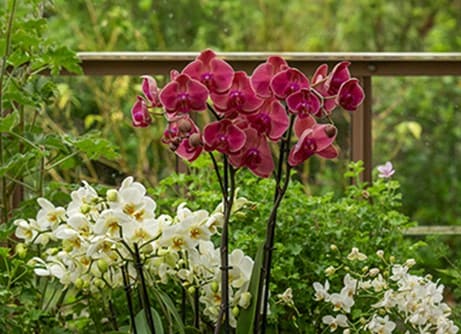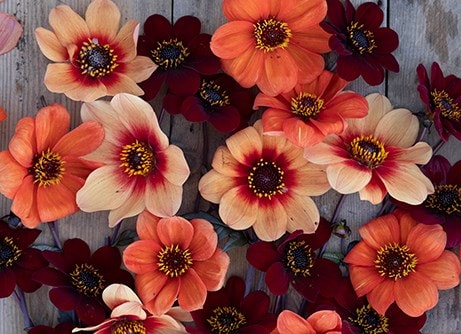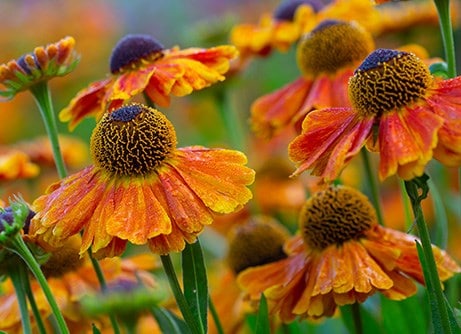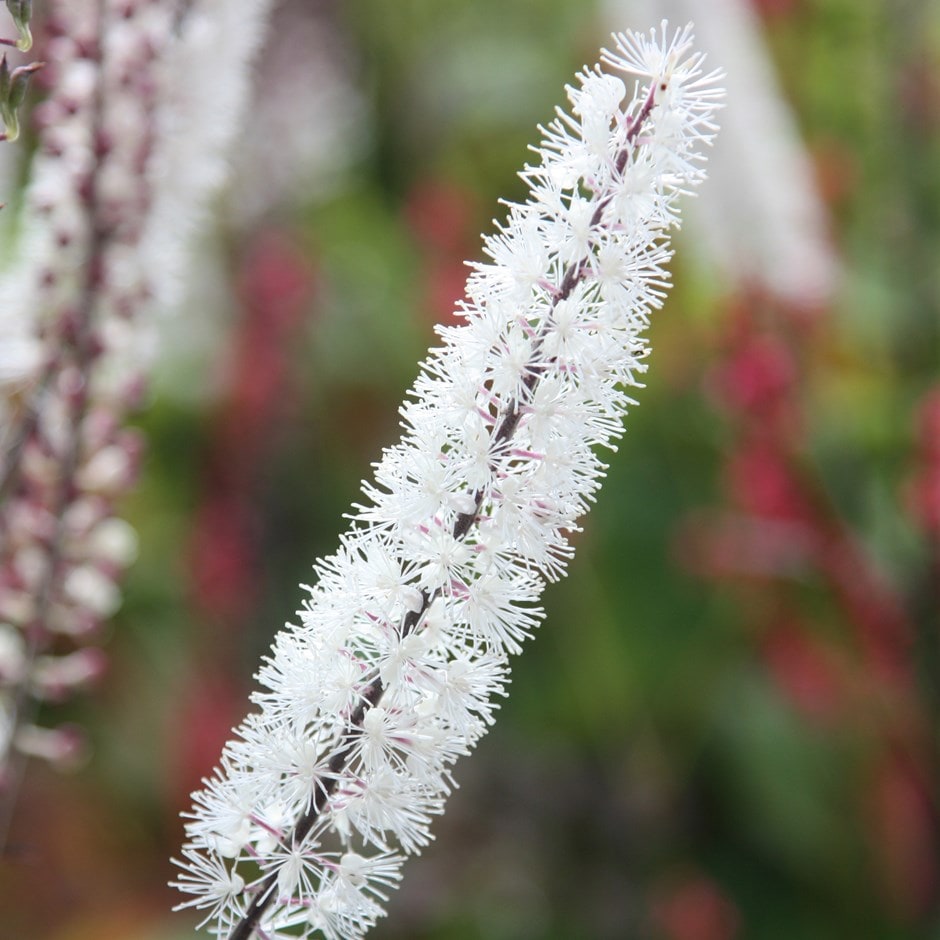Formerly known as a Cimicifuga, this bugbane is a dramatic, stately perennial, with its slender, bottlebrush-like, pale pinkish-white flowers, which appear in September and October above clumps of lobed, purple-flushed leaves.
The foliage colouring of these seed-raised plants will vary somewhat from plant to plant, but also external factors such as the time of the year and the available light will play a part.
It's also a useful plant because it comes into its own late in the season, and it will flourish in damp shade. It can also get quite tall, so try it towards the back of a border, and avoid removing the faded flowerheads as they provide an interesting silhouette in the winter garden.
Dr James Compton (the man responsible for their classification), has said that these plants prefer atmospheric moisture to thrive. 'Think of trillium country', he said, 'on the acid side of neutral, light and leaf-mouldy but able to retain moisture'.











